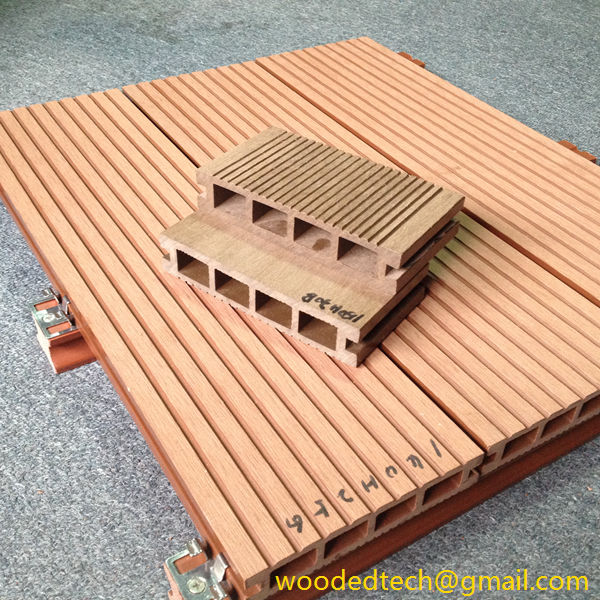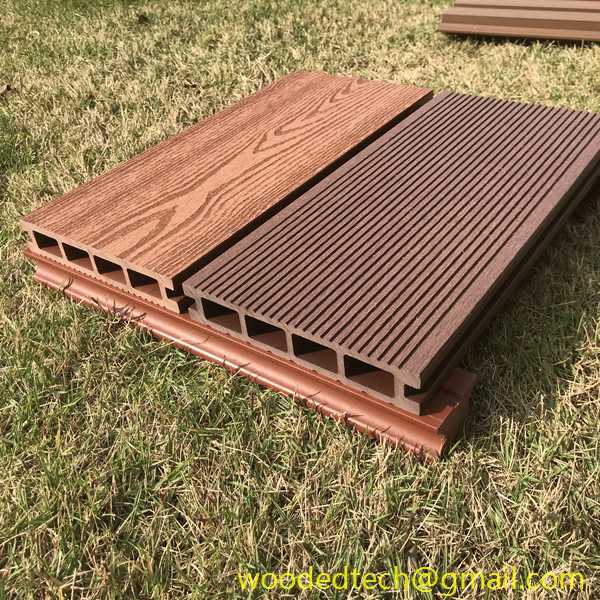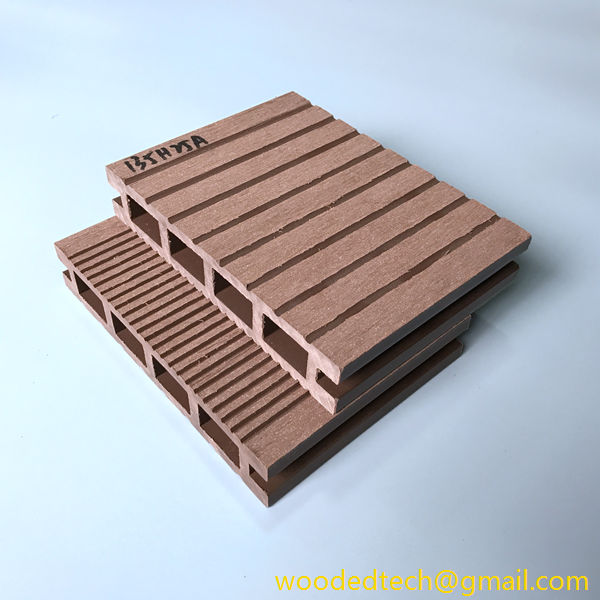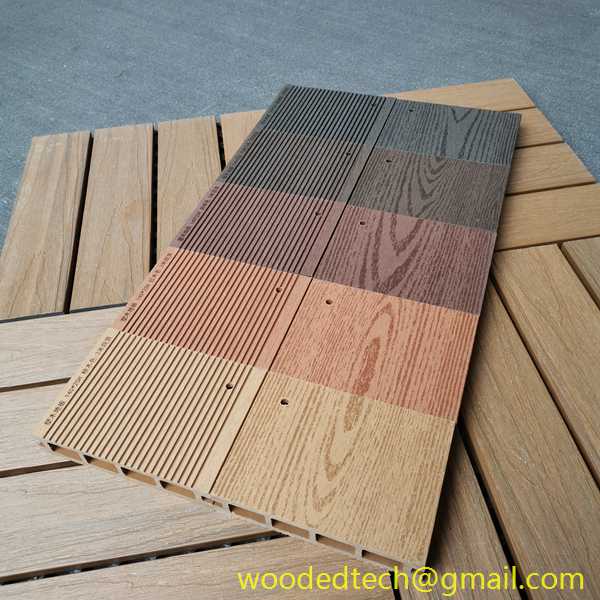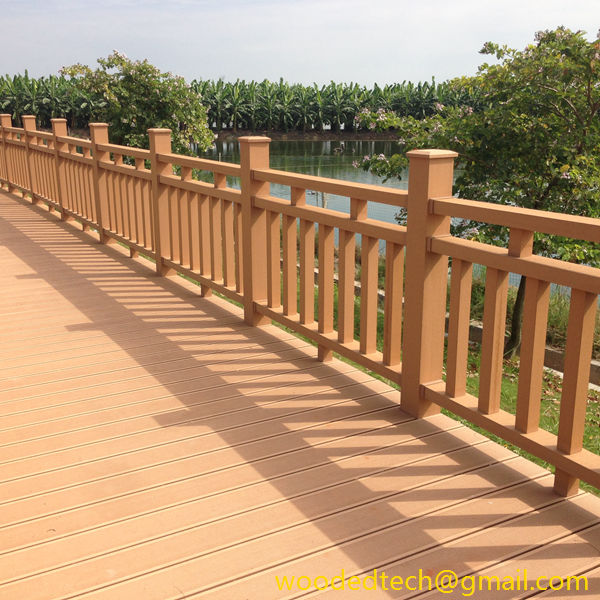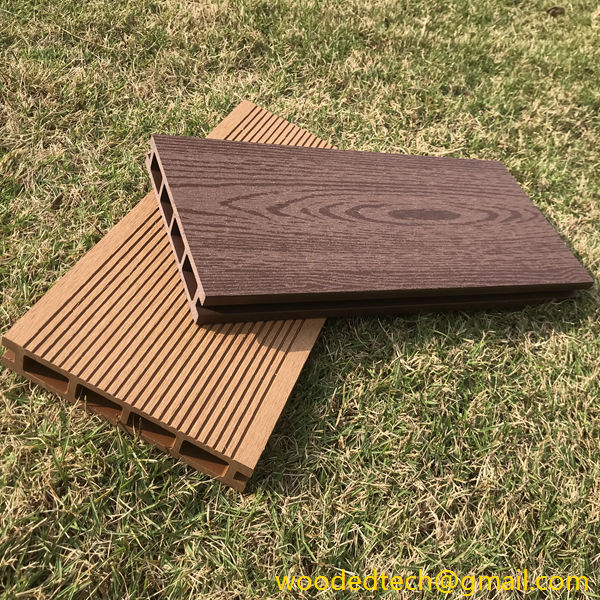What You Need to Know About Faux Wood Flooring Options
Faux wood flooring has gained immense popularity in recent years, serving as an attractive alternative to traditional hardwood flooring. This synthetic option mimics the appearance of real wood while offering a range of benefits that make it appealing to homeowners and designers alike. Understanding the materials and production processes involved in faux wood flooring can help consumers make informed decisions about their flooring choices.
Faux wood flooring typically comes in two primary types: laminate and luxury vinyl planks. Each of these options has its unique manufacturing process, materials, and characteristics that cater to different needs and preferences.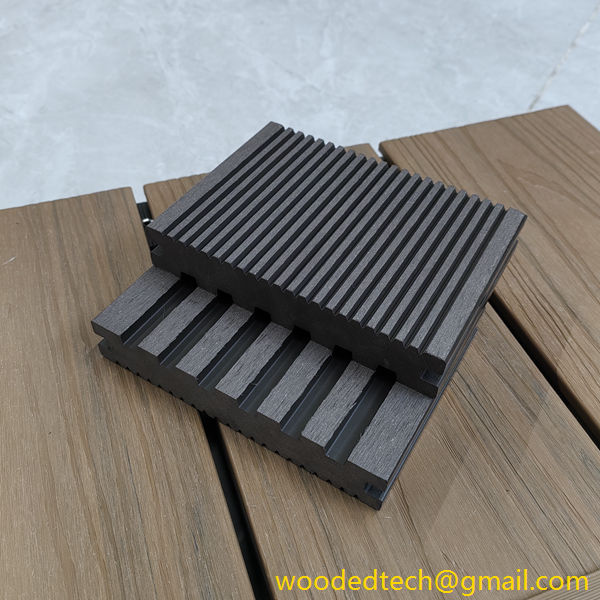
Laminate flooring is engineered from several layers of materials. The core layer is usually made from high-density fiberboard, which provides durability and stability. This core is then topped with a photographic layer that displays a realistic wood grain pattern. The final layer is a clear protective coating that enhances durability and resistance to scratches, stains, and moisture. The production process involves a series of steps including the compression of the fiberboard, the application of the photographic layer, and the sealing of the surface. This multi-layer approach allows laminate flooring to replicate the look and feel of hardwood while being more cost-effective and easier to maintain.
On the other hand, luxury vinyl planks, often abbreviated as LVP, are made from polyvinyl chloride, or PVC. The manufacturing process for LVP involves creating a solid vinyl core that is both waterproof and resilient. Similar to laminate, luxury vinyl features a printed layer that mimics the appearance of real wood. However, LVP often includes additional layers for enhanced durability, such as a wear layer that protects against scratches and dents, a printed design layer for visual appeal, and sometimes even a backing layer that provides sound insulation and comfort underfoot.
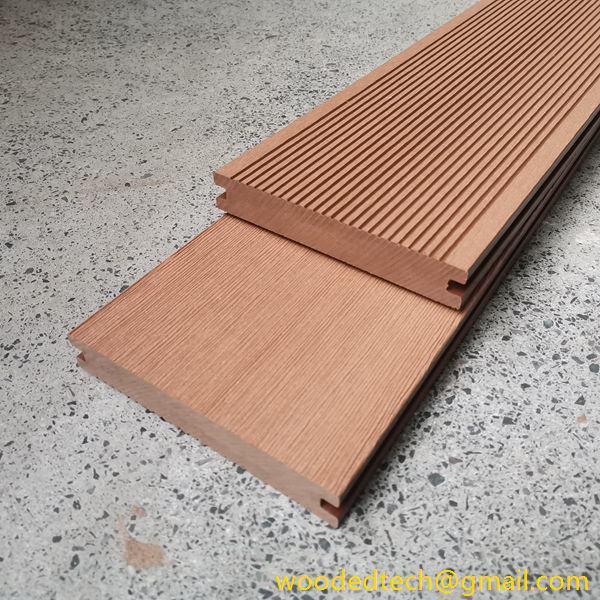
One of the significant advantages of faux wood flooring is its resistance to moisture. Traditional hardwood can warp or swell when exposed to water, making it unsuitable for high-humidity areas like bathrooms or basements. In contrast, both laminate and luxury vinyl planks are designed to withstand such conditions. This quality makes faux wood flooring an excellent choice for homeowners who desire the aesthetic of hardwood in areas where moisture would pose a problem.
Another benefit lies in the ease of installation. Laminate flooring often features a click-lock system that allows planks to be assembled without the need for glue or nails. This user-friendly installation process can be completed by most homeowners with minimal tools and experience. Luxury vinyl planks also offer similar installation advantages, with some products designed for glue-down applications and others featuring a floating installation method. This versatility in installation options allows for greater flexibility in choosing the right product for a specific project.
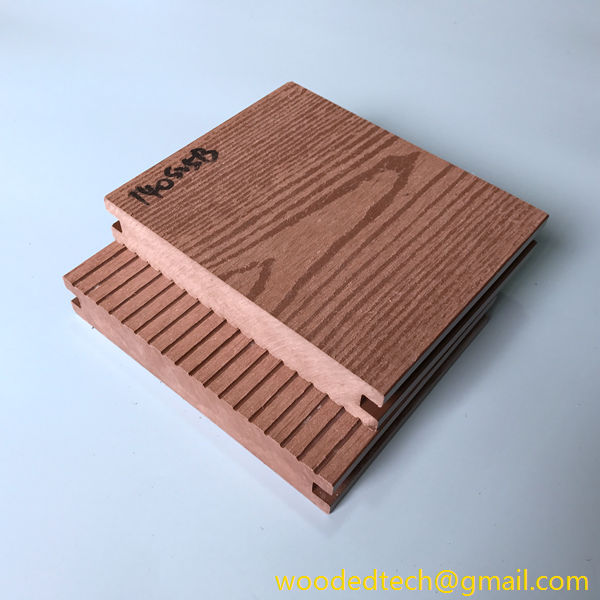
When it comes to maintenance, faux wood flooring presents a clear advantage over traditional hardwood. While hardwood requires regular refinishing and careful cleaning to maintain its beauty, laminate and luxury vinyl are far easier to care for. Regular sweeping or vacuuming, along with occasional damp mopping, is generally sufficient to keep faux wood floors looking their best. Additionally, their resistance to scratches and stains means that they can withstand the wear and tear of everyday life, making them ideal for families with children and pets.
From an environmental perspective, faux wood flooring can also be a more sustainable option. Many manufacturers prioritize eco-friendly practices in their production processes, using recycled materials and responsible sourcing to minimize their environmental impact. Furthermore, while genuine hardwood flooring contributes to deforestation, faux wood options can reduce the demand for timber, helping to protect natural resources.
In conclusion, faux wood flooring options such as laminate and luxury vinyl planks provide a versatile and practical solution for homeowners seeking the beauty of hardwood without the drawbacks. Understanding the materials and production processes behind these flooring types can empower consumers to choose the best option for their needs. Whether it is the moisture resistance, ease of installation, or low maintenance requirements, faux wood flooring emerges as an excellent choice for various spaces within the home. As technology continues to advance, the quality and realism of faux wood options are likely to improve further, making them an even more attractive alternative to traditional hardwood flooring. By making informed choices, consumers can enjoy the aesthetic appeal of wood floors while benefiting from the practicality and advantages of modern materials.

